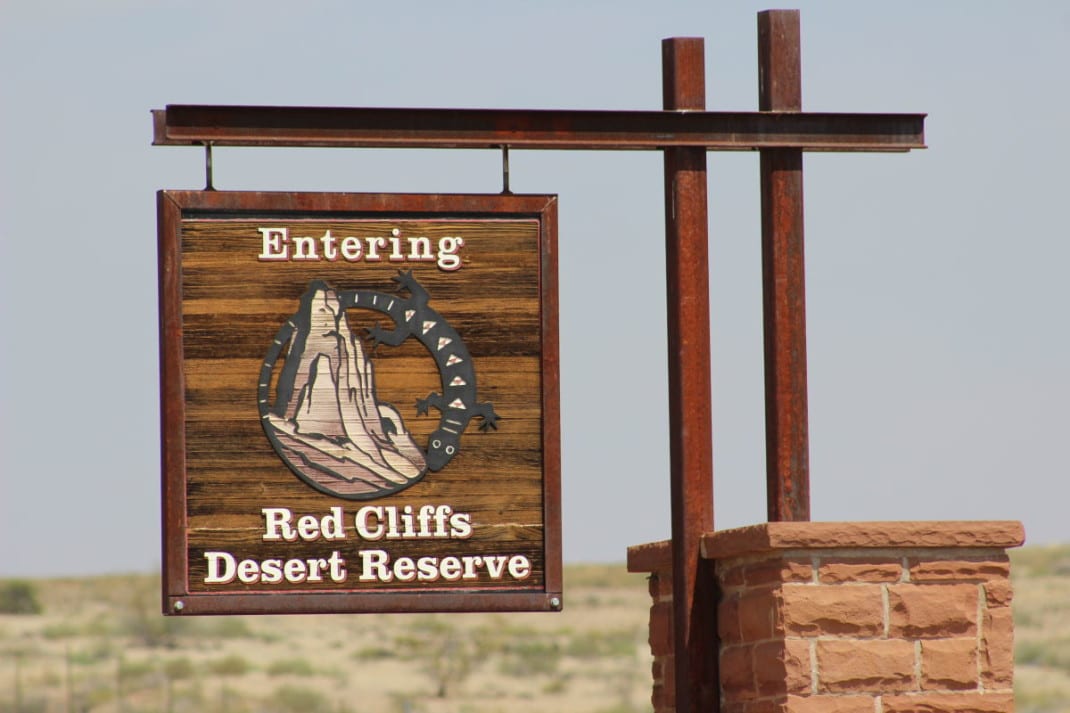
The Northern Corridor issue will not be decided for some time. The BLM Draft Resource Management Plan still has to move through a labyrinth of channels before a final judgement is issued, most likely within the calendar year. Even if the Washington Parkway does gain legal approval, there would be years of hurdles: appeals, possible lawsuits, the hiring of the necessary companies to do the surveying and construction, and then the construction itself. Best estimates from the Dixie Metropolitan Planning Organization put the start date at 2025.
St. George and Washington County are seeing tremendous growth, and that will most likely 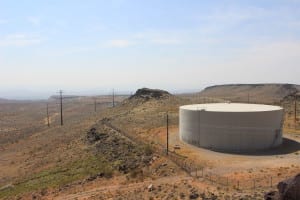 continue. The combination of warm weather, endless sunshine and outstanding natural beauty will always be a draw for newcomers. Traffic is already becoming a serious issue in the city, especially near the I-15 interchanges at St. George Boulevard and Greensprings. Yet the growth maps also show that the predicted expansion of the metro area is going to be primarily in the southern part of the county. The Northern Corridor will be primarily used as a high-speed route that will enable travelers to swiftly move from the east to west sides of the county. There are, however, some problems behind the logic of building such a parkway. The first of these lies with building more roads to alleviate traffic.
continue. The combination of warm weather, endless sunshine and outstanding natural beauty will always be a draw for newcomers. Traffic is already becoming a serious issue in the city, especially near the I-15 interchanges at St. George Boulevard and Greensprings. Yet the growth maps also show that the predicted expansion of the metro area is going to be primarily in the southern part of the county. The Northern Corridor will be primarily used as a high-speed route that will enable travelers to swiftly move from the east to west sides of the county. There are, however, some problems behind the logic of building such a parkway. The first of these lies with building more roads to alleviate traffic.
Numerous studies have shown that building more and bigger roads actually does very little to relieve congestion. In fact, it seems to have the opposite effect. According to a comprehensive study by Gilles Duranton and Matthew A. Turner, the construction of new roads does almost nothing to relieve congestion. Using what the authors called “The Fundamental Law of Road Congestion,” they found that there was a near-perfect correlation between road construction and increased traffic: If a city builds 20 percent more roads, then traffic almost always increases by 20 percent. Another report by the American Economic Association found similar conclusions.
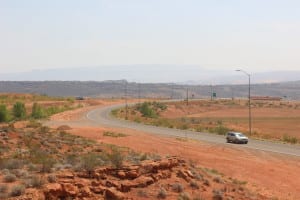 Unfortunately, mass transit—at least on its own—is also not the answer to reduced congestion. While a recent study by Michael Anderson found that mass transit does have a large effect on congestion, it’s mostly on roads adjacent to a mass transit corridor. The same study by the AEA showed that increasing a system of buses or other types of mass transit such as light rail did not decrease crowded roads and highways. Instead, it has been found that creating road fees, basically charging tolls for use of those transportation corridors in accordance with the volume of traffic is one of the most effective means of increasing mass transit use and reducing the dependence on cars. It may be unpopular, but if the goal truly is to reduce congestion, then a system of mass transit and an adjustable fee rate (known as congestion pricing) for roads is seemingly the best answer.
Unfortunately, mass transit—at least on its own—is also not the answer to reduced congestion. While a recent study by Michael Anderson found that mass transit does have a large effect on congestion, it’s mostly on roads adjacent to a mass transit corridor. The same study by the AEA showed that increasing a system of buses or other types of mass transit such as light rail did not decrease crowded roads and highways. Instead, it has been found that creating road fees, basically charging tolls for use of those transportation corridors in accordance with the volume of traffic is one of the most effective means of increasing mass transit use and reducing the dependence on cars. It may be unpopular, but if the goal truly is to reduce congestion, then a system of mass transit and an adjustable fee rate (known as congestion pricing) for roads is seemingly the best answer.
Another problem with the construction of the Northern Corridor lies with the conservation side of the project.
Myron Lee, director of the Dixie Metropolitan Planning Organization, along with County Commissioner Alan Gardner, have both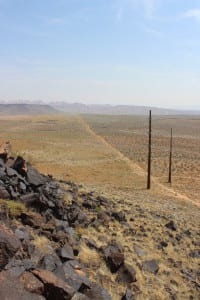 suggested that if the Northern Corridor is built, it would be constructed with culverts allowing the Mojave Desert tortoise to pass underneath. In addition, the dirt road currently bisecting the National Conservation Area, Cottonwood Road (AKA Turkey Farm Road), would be closed to vehicles in an exchange of sorts, yet this presents problems of its own. How would a large, noisy, multi-lane parkway effect the sensitive populations of the Mojave desert tortoise? Would the reptiles even use the culverts? Certainly closing down the Cottonwood Road and removing the fences would be beneficial to the tortoise (this would also close down a large chunk of the reserve to outdoor recreation; no longer would hikers and mountain bikers have easy access to popular spots such as the Yellow Knolls, Black Gulch and Broken Mesa trails), but how would dividing a different segment of the National Conservation Area with a bigger, more intrusive road be anything more than exchanging one minor problem for what could amount to a larger problem?
suggested that if the Northern Corridor is built, it would be constructed with culverts allowing the Mojave Desert tortoise to pass underneath. In addition, the dirt road currently bisecting the National Conservation Area, Cottonwood Road (AKA Turkey Farm Road), would be closed to vehicles in an exchange of sorts, yet this presents problems of its own. How would a large, noisy, multi-lane parkway effect the sensitive populations of the Mojave desert tortoise? Would the reptiles even use the culverts? Certainly closing down the Cottonwood Road and removing the fences would be beneficial to the tortoise (this would also close down a large chunk of the reserve to outdoor recreation; no longer would hikers and mountain bikers have easy access to popular spots such as the Yellow Knolls, Black Gulch and Broken Mesa trails), but how would dividing a different segment of the National Conservation Area with a bigger, more intrusive road be anything more than exchanging one minor problem for what could amount to a larger problem?
Tom Butine, president of Citizen For Dixie’s Future, said that the construction of a large freeway would be very detrimental to the tortoise.
“Roads are by far the largest impact on wildlife survival. The noise and vibration from a road add stress that can decimate reproduction rates,” Butine said. “Fire has huge impacts on the population, and anytime human access is increased, the risk of fire also increases. Tunnels may help to some degree, but they don’t remove the issue of the road itself.”
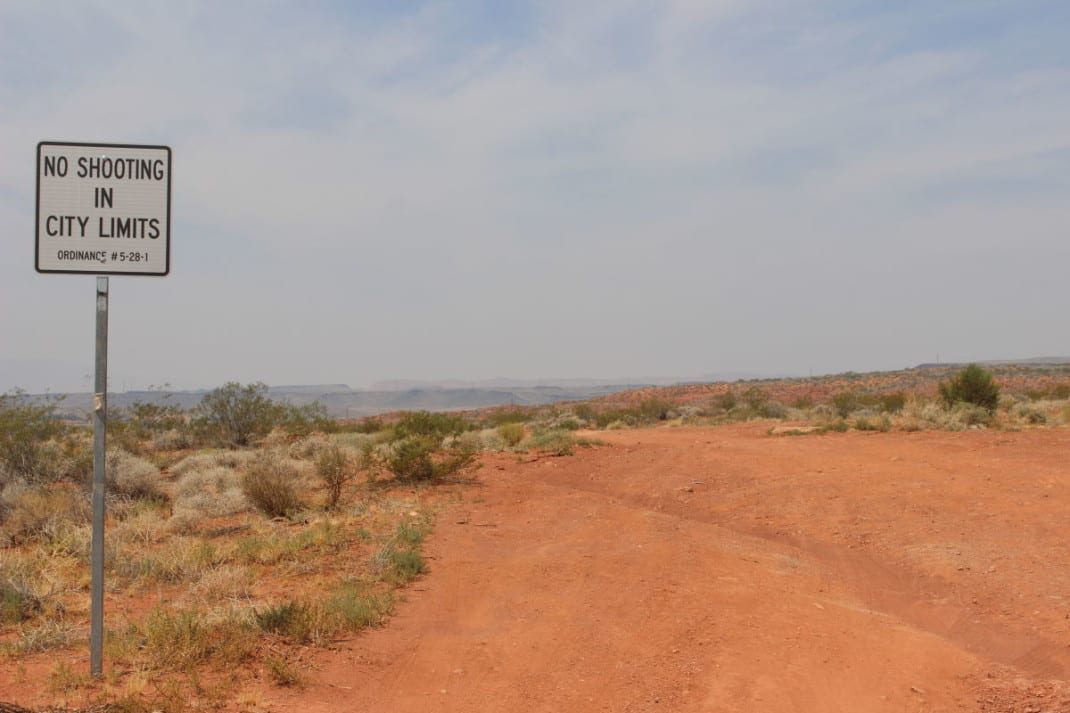
Both Lee and Gardner have stated that the Dixie Metropolitan Planning Organization, the County, and the Utah Department of Transportation are all committed to preserving Mojave desert tortoise habitat, but there simply no other options to alleviate traffic.
“As stake holders, we’ve come together with St. George city and Dixie MPO, UDOT. We’ve tried to involve people with the NCA area,” Lee said. “We’ve determined that there is just no way we could build that transportation facility without a commitment to advance the conservation efforts of the tortoise in the NCA. We need to have a consideration for the goals of the NCA, but there has to be a consideration of the travel needs.”
Whether the Washington Parkway, if built, has a negative or positive effect on the Mojave desert tortoise remains to be seen. The overall consensus among biologists for the BLM and Fish and Wildlife runs contrary to the study the Dixie Metropolitan Planning Organization commissioned. The Mojave desert tortoise is a very sensitive species, and with increased growth and increased traffic, there is inevitably going to be a negative impact on the population.
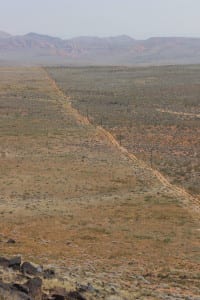
In a report released in February of 2014, the Nevada Fish and Wildlife office states “Some of the most apparent threats to the desert tortoise are those that result in mortality and permanent habitat loss across large areas, such as urbanization and large-scale renewable energy projects, and those that fragment and degrade habitats, such as proliferation of roads and highways, off-highway vehicle activity, and habitat invasion by non-native invasive plant species.”
Politically, there are a lot of powerful forces at work trying to ensure the construction of this road. Senator Orrin Hatch (whose office did not respond to requests for interviews) has been a very strong advocate for construction of the Northern Corridor. In a letter addressed to Jimmy Tyree and Keith Rigtrup of the BLM, Senator Hatch states, “I have been made aware of concerns regarding the Draft Red Cliffs [National Conservation Area Resource Management Plan]. Although the document is still in the early stages of development, it is important that proper attention is given to the content regarding the northern transportation route. This route is vital to the future of Washington County and as such was provided for in the Omnibus Public Land Management Act of 2009.”
Senator Hatch has also been a supporting force behind SB 1783, an amendment to the same Omnibus Act that would strip the Fish and Wildlife of any authority in regards to the Northern Corridor. The bill states “(ii) provides that the designation and construction of the route is not subject to addition restrictions or requirements from the United States Fish and Wildlife Service;” The bill was read and was referred to the Committee on Energy and Natural Resources. Commissioner Gardner, however, stated that he thought the bill had been dropped.
In the previous segment of this series (“The proponents respond”), Lee stated, “The proposed Northern Corridor does not need to insight a divisive battle and declare winners or losers because there are ways to both meet the transportation needs of Washington County and be sensitive to the natural environments of the National Conservation Area with a Northern Corridor.”
While these sentiments are admirable, the fact that the County Commission, Dixie Metropolitan Planning Organization, UDOT and Senator Hatch (among many others) have pushed so hard to gain approval of this project over the objections of the BLM, Fish and Wildlife, and Citizens for Dixie’s Future virtually ensures that the struggle to complete the project will indeed be a divisive battle.
The BLM was required by law to include a provision for a northern transportation route in their latest Draft Resource Managment Plan. This provision was included in the release, but is not listed as a preferred alternative. The future of the Northern Corridor now hinges greatly upon the decisions of the BLM. The political pressure upon the agency is very powerful. The Draft Resource Management Plan is currently in the public comments stage, which will officially end on October 15. After that, it will undergo five more steps, with rewrites, amendments, a 30-day protest period, and eventually, in 2016 a signature by Gov. Gary Herbert. At that point, it will be revealed whether the Northern Corridor will be constructed.
If you would like to comment on the Draft Resource Management Plan, there are several methods. You can email utsgrmp@blm.gov, mail your comments to Bureau of Land Management, Attention: St. George RMP Planning Team, 345 East Riverside Drive, St. George, Utah 84790, or attend an open house in September and submit your comments in person.





Many thanks for this excellent series of informative articles on the “Ghost Highway” (Northern Corridor).
You are welcome. I am glad you enjoyed it